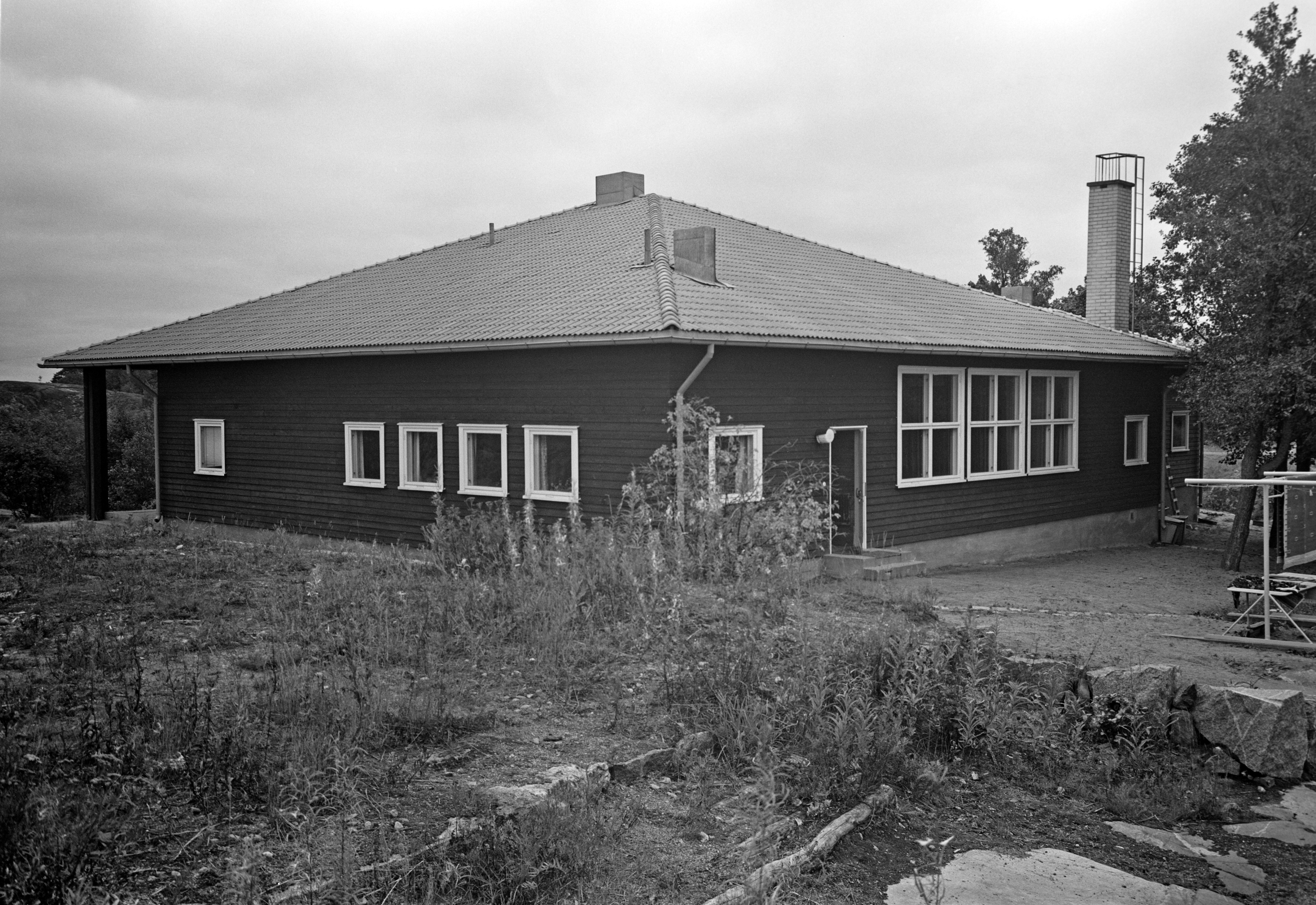All the large islands located off the coast of Helsinki were once closed-off military islands. Vallisaari island, which is now maintained by Metsähallitus, was opened to the public in 2016.
During the construction of the Suomenlinna sea fortress in the 18th century, Vallisaari was a military logistics island, serving as a cow pasture and a source of firewood. At the end of the century, Vallisaari became a base for maritime pilots. From 1918 to 2012, Vallisaari was used as a storage area by the Finnish Defence Forces. In its heyday in the 1950s, the island had approximately 300 inhabitants as well as its own school and shop. There were residences for permanent Finnish Navy staff on the island until 1996.
Vallisaari and Kuninkaansaari used to form the largest Russian sea fortress in Helsinki. In August 1855, during the Crimean War, English and French enemy ships were able to bombard the Suomenlinna sea fortress with impunity for several days due to the fact that the outdated cannons of Suomenlinna did not have the range to fire back at them, five kilometres away. In response, Russia decided to build large, modern artillery stations on the islands of Vallisaari and Kuninkaansaari. Their construction ended up taking several decades, and also involved Finnish workers.
The only military action that the fortress ever took part in occurred in the summer of 1906, when a few thousand Russian seamen decided to mutiny. Their aim was to put an end to tsarism and spread the garrisons’ resistance movement throughout Russia. The incident, which eventually became known as the Sveaborg rebellion, was centred on Kuninkaansaari. The fierce fighting continued for a few days, but the mutiny was eventually quelled when a large store of gunpowder exploded on Kuninkaansaari.
Another devastating explosion, though an accident this time, occurred in Vallisaari’s Kuolemanlaakso on 9 July 1937, instantly killing eight people and fatally injuring another four. Additionally, Colonel Engineer Aleksanteri Huuri from the Ministry of Defence’s ordnance department was so deeply shocked by the incident that he died about a week later. The explosion has been speculated to have been caused by careless handling or sabotage. There is still ordnance in the terrain left over from the explosion, giving visitors another reason to stay on the paths.

Vallisaari elementary school, 1965. Photo Helsinki City Museum, Constantin Grünberg.